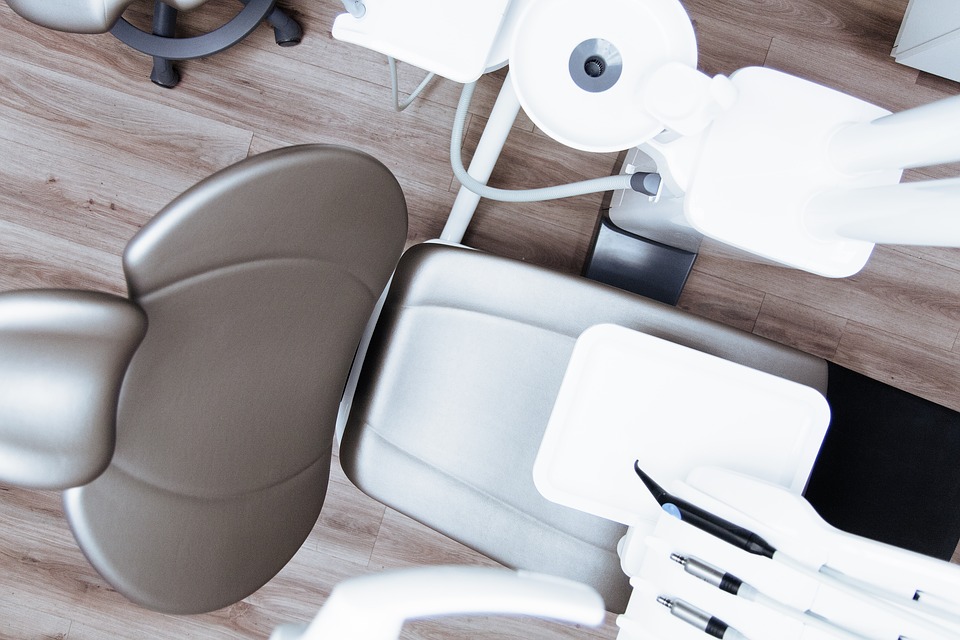
In the ever-evolving landscape of dental technology, laser dentistry is a remarkable innovation that has transformed patient experiences and treatment outcomes. This cutting-edge technology, harnessing the power of light, offers many benefits over traditional dental procedures, making it a popular choice among dentists and patients alike. This discussion will delve into the intricate technology behind laser dentistry, its applications, benefits, and its revolutionary impact on dental care.
Understanding Laser Dentistry
The term 'laser' stands for light amplification by stimulated emission of radiation. It is a sophisticated tool that emits a narrow, focused beam of light energy, which, when directed toward the tissue, can alter or remove the tissue in a precise and controlled manner. In dentistry, the fundamental technology behind laser dentistry is rooted in the ability to harness different wavelengths of light, each suitable for specific dental applications, such as cutting through tooth enamel and reshaping soft tissues.
Laser dentistry is broadly categorized into two types:
- Hard-tissue lasers primarily cut through tooth structure with incredible accuracy, which is ideal for shaping teeth for composite bonding, removing small amounts of tooth enamel, and preparing teeth for fillings.
- Soft-tissue lasers excel in handling gums and other soft tissues in the mouth. Reputable dental centers, like Yaletown Dental, offer excellent results in gum reshaping, lengthening crowns, and treating periodontal disease, all utilizing advanced soft tissue laser technology. This approach enhances the precision of dental treatments and improves patient comfort and recovery time.
The precision of laser dentistry stems from its ability to target tissue selectively without affecting surrounding areas. This precision is not just about cutting; it's also about controlling heat and light to achieve various therapeutic effects. For example, laser dentistry can be used for biostimulation, enhancing tissue healing, reducing pain, and minimizing bleeding and swelling after surgery.
Applications And Benefits
Laser dentistry is not a one-size-fits-all solution; it is a versatile tool with applications spanning various dental procedures. One of the most significant applications is in the treatment of tooth decay. Lasers can remove decay within a tooth and prepare the surrounding enamel for the filling. Unlike traditional drills, lasers do not produce that anxiety-inducing sound, making the treatment more comfortable for patients.
In gum disease treatment, lasers act as a precise and effective tool for removing bacteria and infected tissue from deep pockets formed in the gums. This approach results in better clinical outcomes, promotes faster healing, and reduces the risk of infection post-surgery. Moreover, in cosmetic dentistry, lasers have revolutionized procedures such as gum contouring and teeth whitening, offering faster and more lasting results than ever before.
Beyond these, lasers are also employed in removing benign oral tumors, treating cold sores, releasing tongue-ties (which can alleviate speech and eating difficulties), and even aiding in nerve regeneration. The broad spectrum of applications highlights the adaptability and efficacy of laser technology in addressing diverse dental issues.
The benefits of laser dentistry extend beyond the versatility of its applications. Compared to traditional methods, this dental innovation results in less discomfort for patients during and after procedures. This comfort is due to the laser's ability to seal blood vessels and nerve endings during procedures, which minimizes bleeding and reduces post-operative pain. Additionally, the precision of lasers minimizes damage to surrounding tissues, leading to quicker recovery times and fewer complications.
Another significant advantage is the reduced need for anesthesia. Since laser treatments are generally less painful, many procedures can be performed with minimal or no anesthesia, which is particularly beneficial for patients who are anxious about needles or have health conditions that contraindicate the use of traditional anesthetics.
The Revolutionary Impact On Dental Care
The introduction of laser technology in dentistry has expanded the range of dental procedures and enhanced the quality of dental care. The precision and efficiency of lasers have led to more conservative treatments, preserving more of the natural tooth structure and promoting the body's natural healing processes.
Moreover, the reduced anxiety and discomfort associated with laser treatments have made dental care more accessible to a broader range of patients, including children and those with dentophobia. Due to the reduced need for anesthesia and faster recovery times, the ability to perform multiple procedures in a single visit further enhances patient convenience and satisfaction.
However, the adoption of laser dentistry comes with the need for specialized training and education. Dentists must undergo training to understand the various types of lasers and their appropriate uses in dental procedures. This requirement ensures that laser dentistry is performed safely and effectively, maximizing the benefits and minimizing patient risks.
The Bottom Line
Laser dentistry represents a significant advancement in dental technology, offering a range of benefits over traditional methods. Its precision, efficiency, and versatility have transformed dental procedures, making treatments more comfortable, less invasive, and effective. As research continues and technology advances, the scope and capabilities of laser dentistry are likely to expand, further revolutionizing the field and improving patient care. The power of light, indeed, has unveiled a new era in dentistry, illuminating a path toward a brighter, healthier future for dental patients worldwide.